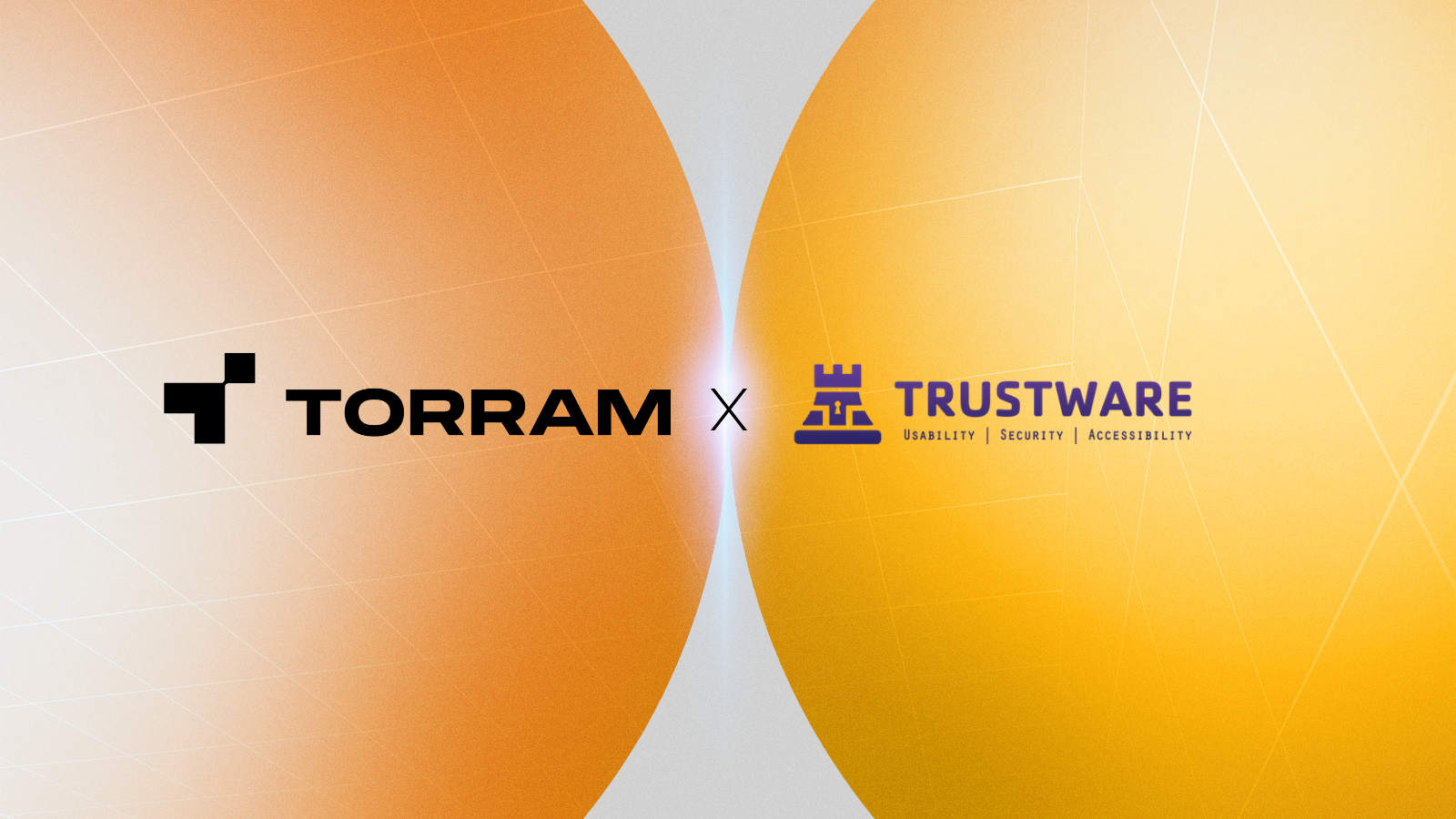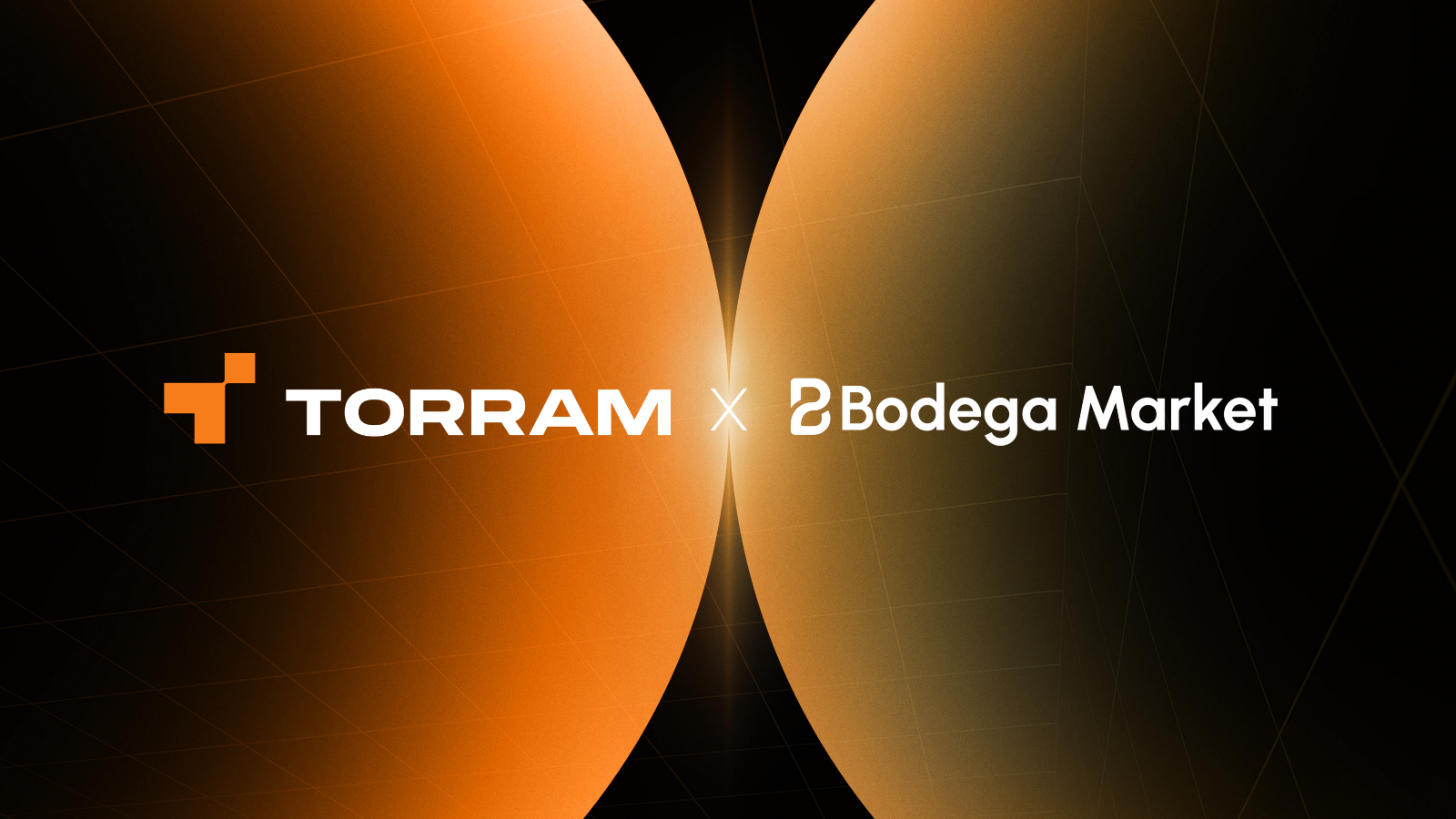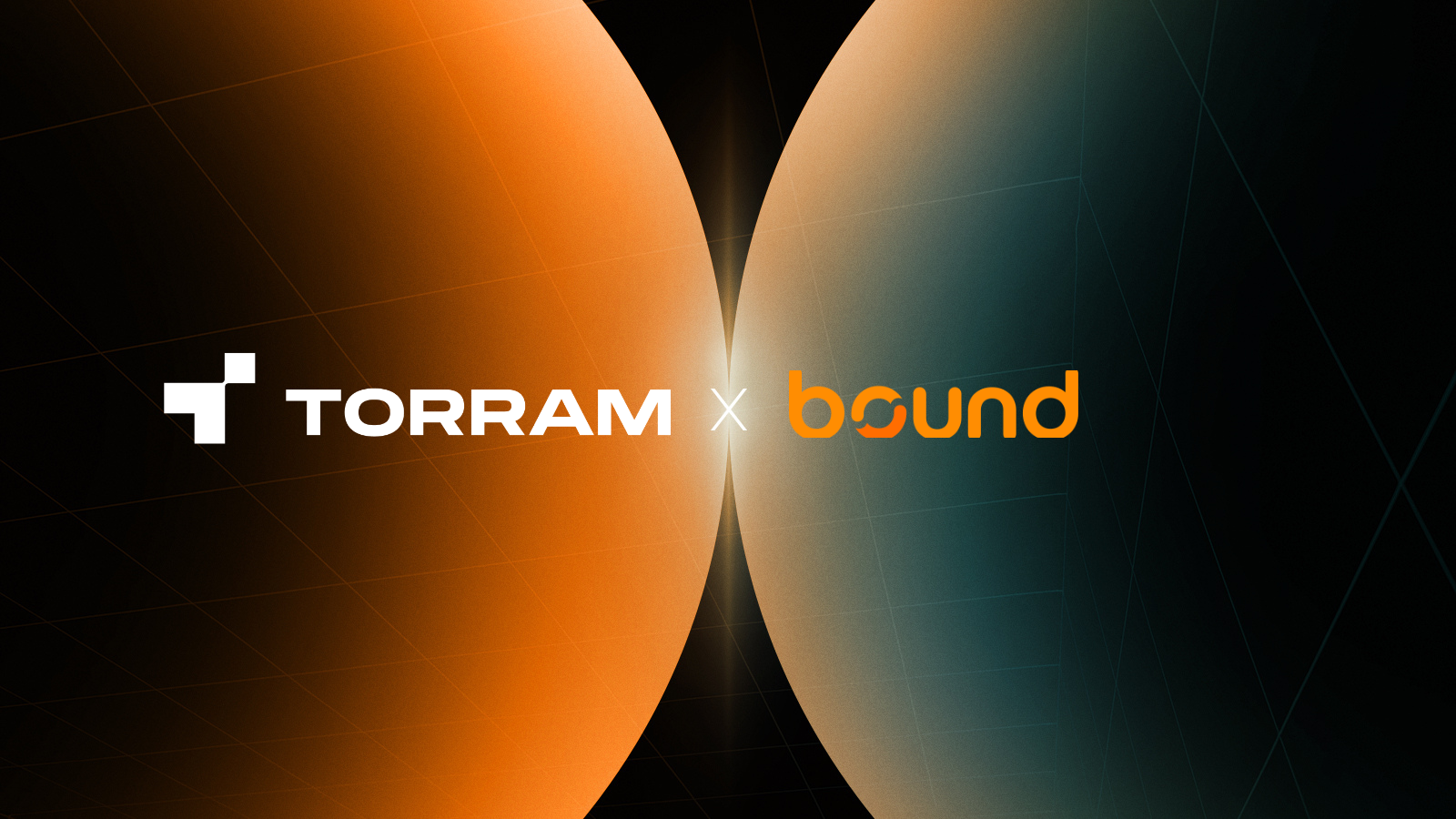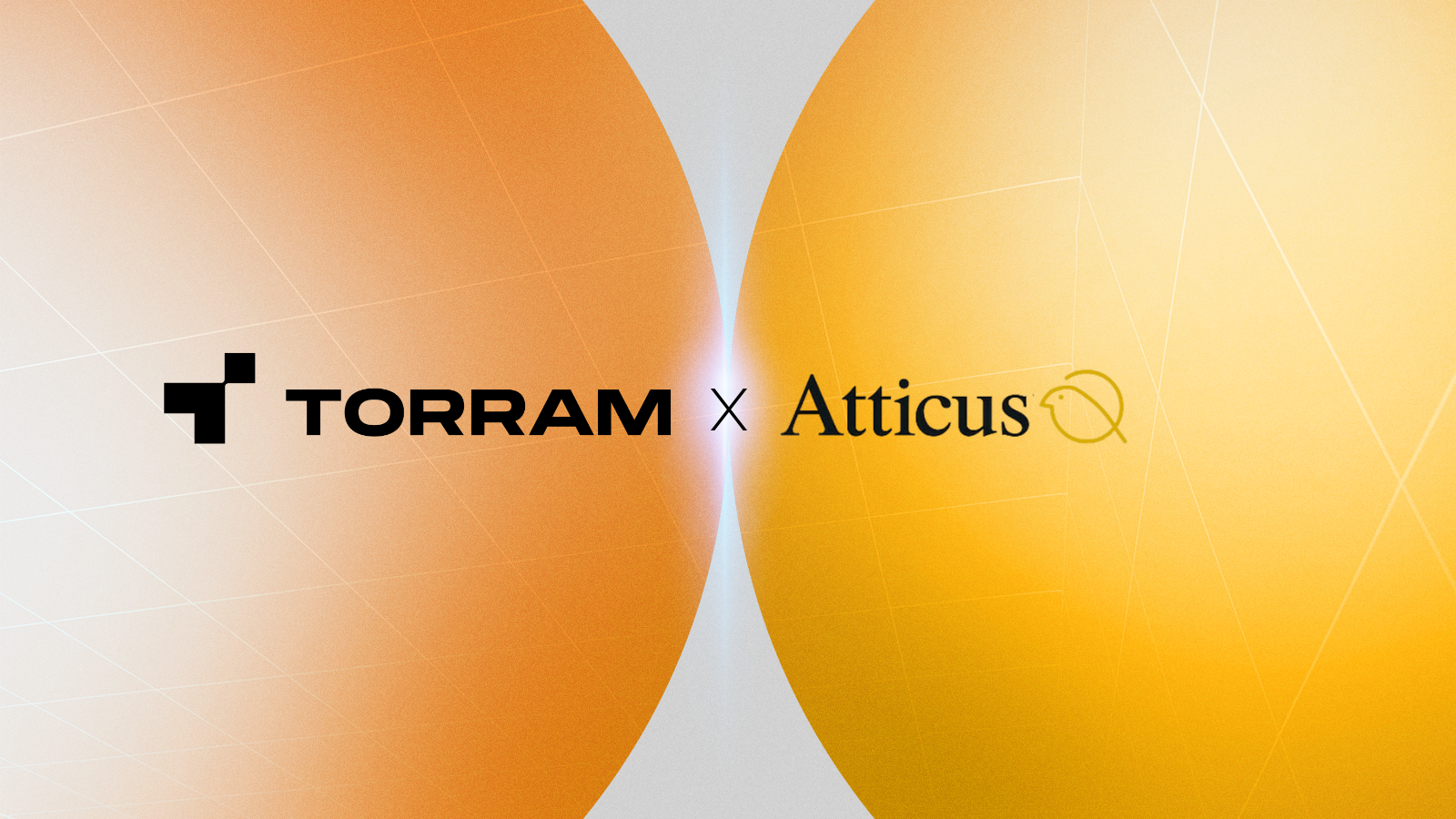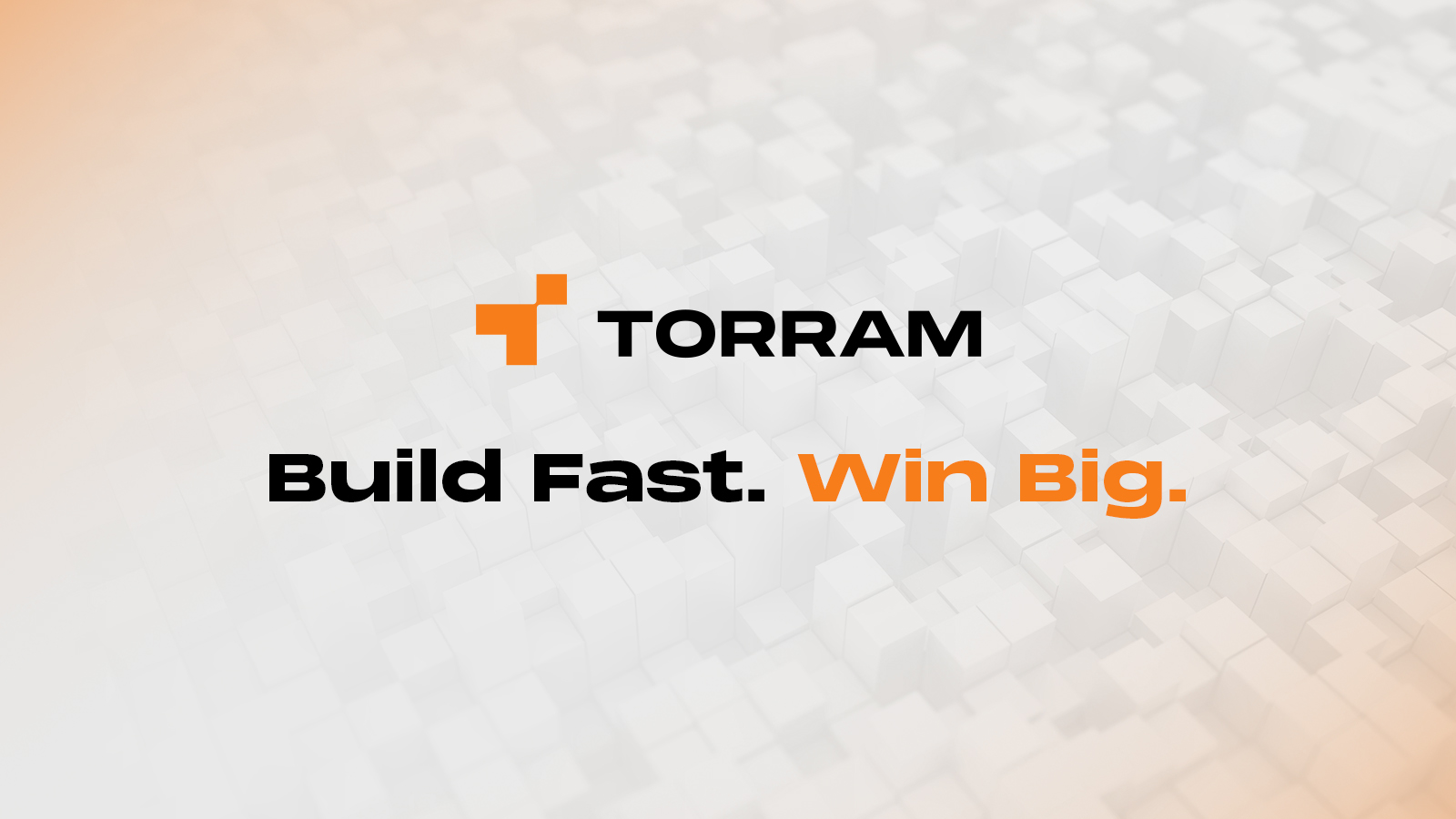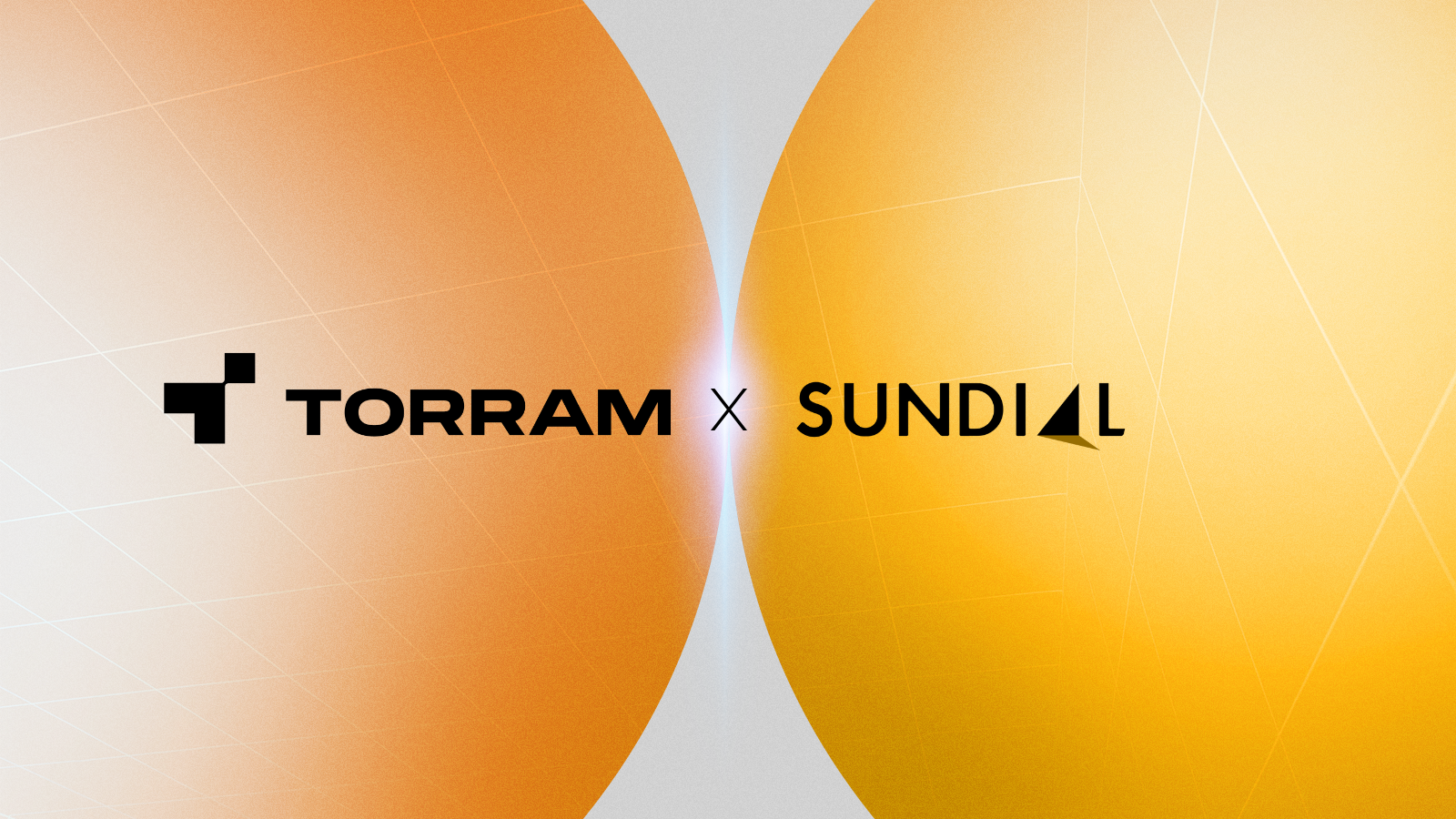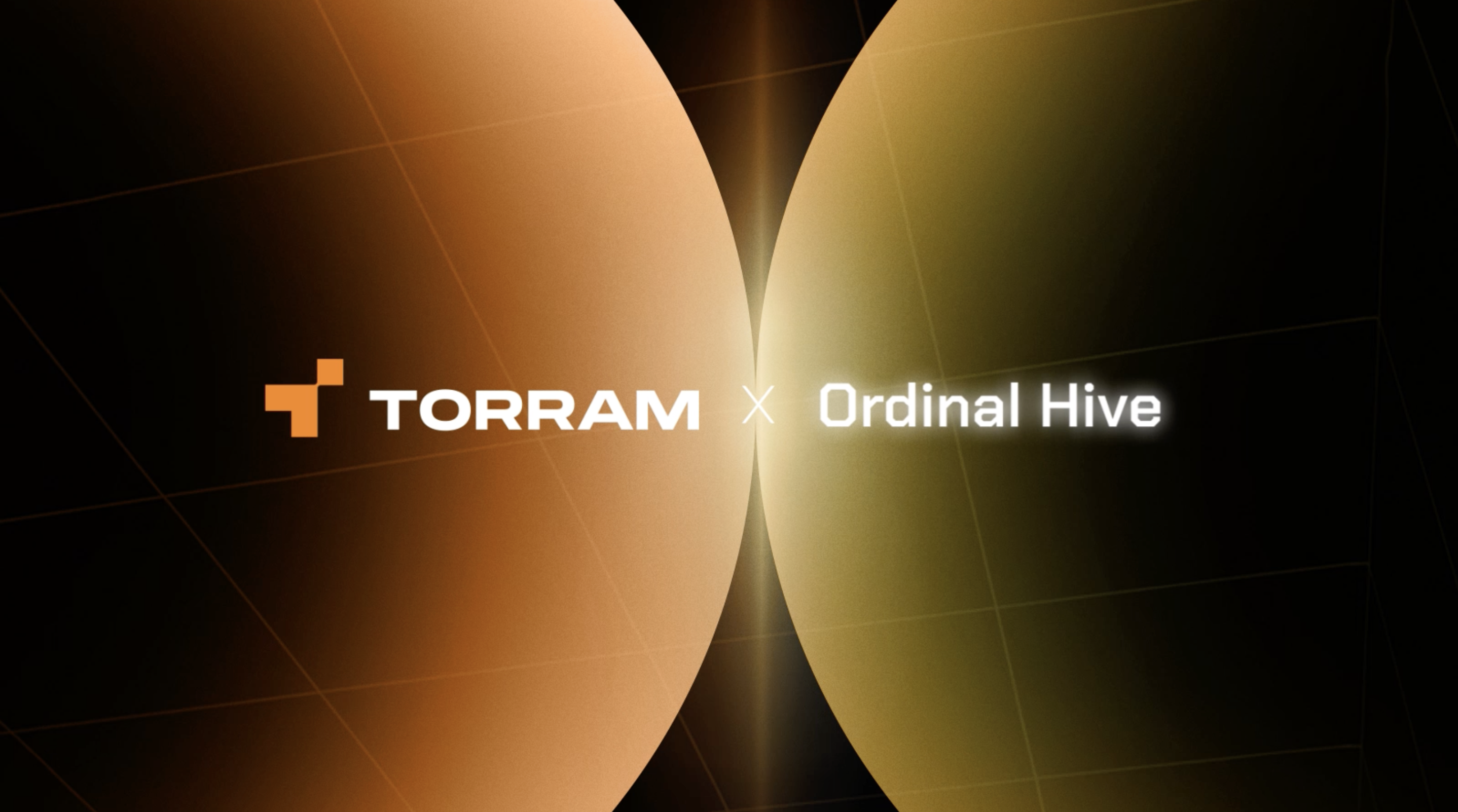What is Trustware?
Trustware is a programmable digital asset routing and identity protocol that abstracts cross-chain complexity for users and applications. Instead of needing wallets, bridges, or swap interfaces, users simply share their .0x identity, a programmable endpoint that defines how and where they want to receive assets.
Whether it’s a DAO, institution, or protocol, Trustware lets anyone configure custom asset delivery rules:
“If someone sends me SOL on Solana, I want to receive it as USDC on Arbitrum.”
“Convert Polygon USDT deposits into BTC-native assets for my protocol.”
Trustware automatically handles the bridging, swapping, and routing of assets, using services like Axelar GMP and Squid Router. It’s designed for platforms that want intuitive, secure, and flexible digital asset payments without compromising UX or security.
How Trustware and Torram Work Together
Trustware and Torram integrate to enhance Bitcoin-native functionality and decentralized asset routing through:
1. Cross-Chain Infrastructure Support
Trustware allows deposits from any token or chain to be routed directly into Bitcoin-based destinations, such as Torram’s Taproot vaults. Torram can expose .0x aliases for vaults or dApp modules, letting users pay from any chain, with any asset. Trustware handles all asset swaps, bridging, and settlement: turning any asset into BTC-native value. This would enable: Cross-chain top-ups for Taproot vaults, any token payment options for Bitcoin-native apps, and seamless routing from Trustware’s growing list of supported chains (without the need to develop new bridging logic).
Trustware aggregates bridging and swapping, and does not hold liquidity. This would stay aligned with both Torram and Trustware’s goals for security, privacy and no wrap infrastructure.
2. Bitcoin-Native TSB Tokens for Transaction Receipts
TSB tokens could represent a hash-anchored receipt of cross-chain settlement that Trustware routed into a Bitcoin address. This gives Bitcoin-native dApps a way to programmatically confirm settlement occurred, even if Trustware abstracted the bridge/swap process on a different chain. This allows for on-chain escrow triggers, lending verification, and proof-of-payment functionality on Bitcoin’s native rails.
For example, Trustware routes an inbound AVAX deposit to a Bitcoin address. A TSB token is then minted and sent to a known Taproot vault, proving the intent was completed. Torram dApps can read these tokens to trigger next steps (e.g. payout, escrow release, etc.) on Bitcoin-native flows.
3. Intents as a Service Layer for dApps
Taproot scripts are limited and cannot express complex conditions. Trustware can act as the “intent oracle”. Torram dApps can register/set up a conditional intent tied to a .0x, then Trustware listens for the condition (on-chain settlement), and posts a confirmation anchor (TSB token or Bitcoin signature) once fulfilled. This bridges the gap between complex multi-chain actions and Bitcoin’s limited scripting model, enabling richer dApp logic.
4. Unlocking “Pay to Vault” UX
Torram vaults can become payable endpoints across all chains by integrating Trustware’s layer. A user goes to the vault and they would see a Trustware-powered input/widget: “Pay with any token”. Behind the scenes, Trustware’s router resolves the vault’s address then, auto-swaps, bridges, and settles (any supported asset on any supported chain) to the vault.
This lets users fund Taproot vaults or Torram escrow contracts from any chain, with one click. This improves UX, expands userbase reach, and unlocks trapped liquidity from non-Bitcoin ecosystems.
Why This Partnership Works
Torram and Trustware share a mission: make digital asset value flows more programmable, composable, and secure, without sacrificing user control or introducing unnecessary custodial risk.
By integrating Trustware’s programmable identity and routing layer with Torram’s Bitcoin-native infrastructure, both teams unlock capabilities neither could offer alone:
- For Torram, this partnership brings seamless multi-chain asset inflows and programmable settlement receipts to Bitcoin-native dApps, all without rewriting bridge/swap logic or managing off-chain liquidity.
- For Trustware, Torram opens up a new rail for routing flows, introduces new use cases for anchored settlement receipts, and creates opportunities to serve Bitcoin-native protocols and dApps through the .0x identity layer.
This collaboration creates a powerful new on-ramp for Bitcoin-native experiences and positions both protocols as core infrastructure providers for the next era of cross-chain, programmable finance.
Next for Trustware × Torram Collaboration
Developer Sandbox:
Enable early builders to test .0x → Taproot vault flows in a testnet environment, simulating cross-chain settlements into BTC-native dApps.
TSB Receipt Standardization:
Define a universal format for using TSB tokens as cryptographic receipts; usable for escrow, lending, and proof-of-payment in Bitcoin-native workflows.
“Pay to Vault” Widget Integration:
Develop a user-facing Trustware widget that can be embedded into Torram vaults and dApp interfaces to accept payments from any asset or chain, auto-routed into BTC.
Intent Oracle Layer:
Use Trustware as a lightweight off-chain processor for multi-chain conditional flows. Torram dApps can trigger vault actions based on Trustware-confirmed events.
Community Evangelism:
Collaboratively publish documentation, use cases, and shared research to grow adoption across Bitcoin-native and cross-chain builder ecosystems.
This potential integration sets the stage for the next generation of crypto UX, where Bitcoin is the finality layer, but the experience is chain-agnostic, composable, and user-friendly.
Ready to Build?
Experience the full power of Bitcoin-native development.
👉 Sign up to to start building on Torram
📔 Torram Developer Documentation
💬 Join our community on Telegram @torrambuilders
✖️ Follow us on X @torram_xyz

